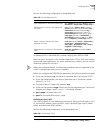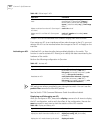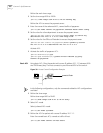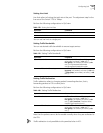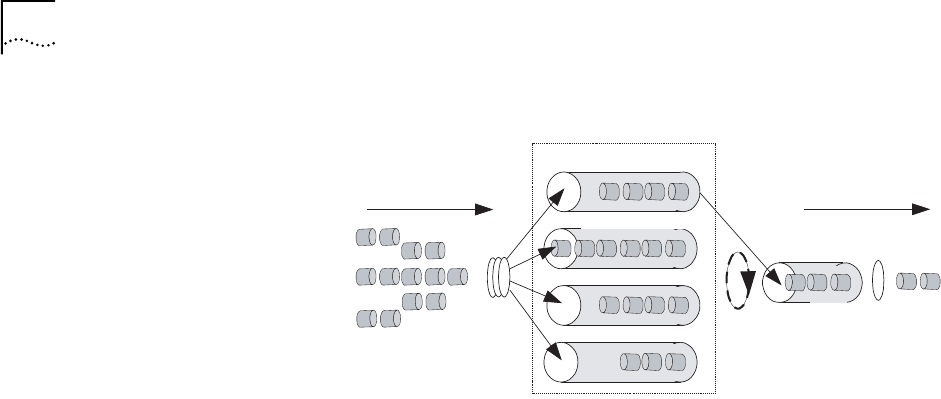
160 CHAPTER 7: QOS/ OPERATION
Figure 39 SP
SP is designed for the key service application. A significant feature of the key
service is required, for priority to enjoy the service, to reduce the response delay
when congestion occurs. Take 4 egress queues for each port as example, SP
divides the queue of a port into 4 kinds at most, high-priority, medium-priority,
normal-priority and low-priority queues (which are shown as the Queue 3, 2, 1
and 0 in turn) with sequentially reduced priority.
During the progress of queue dispatching, SP strictly follows the priority order
from high to low and gives preference, and sends the packets in the higher-priority
queue first. When the higher-priority queue is empty, SP sends the packets in the
lower-priority groups. In this way, SP can guarantee that key service packets of
higher priority are transmitted first, while the packets of lower service priority are
transmitted during the idling gap between higher priority
When congestion occurs and many packets are queued in the higher-priority
queue, messages in the lower-priority queue are set aside without service until all
high-priority messages are transmitted.
Traffic Mirroring
The traffic mirroring function copies the specified data packets to the monitoring
port for network diagnosis and troubleshooting.
Traffic Counting
With flow-based traffic counting, you can request a traffic count to count and
analyze the packets.
RED
When the congestion reaches a certain degree, the Switch 7750 selects some
frames to drop using the RED algorithm. The RED algorithm can alleviate the
excessive congestion. Also, the global TCP synchronization caused by the Tail-Drop
algorithm can be avoided.
In the RED algorithm, every queue has a pair of high and low limits. This algorithm
also regulates that:
■ If the queue length is smaller than the low limit, no packets are discarded.
■ If the queue length is greater than the high limit, all the packets that arrive
after the limit is reached are discarded.
■ If the queue length is between the high and low limits, the packets are
discarded randomly as they arrive. Every new packet is given a random number.
Packets sent through
t
his interface
Classify
Packets sent
Sending queue
Dequeue
high queue
middle queue
normal queue
bottom queue




